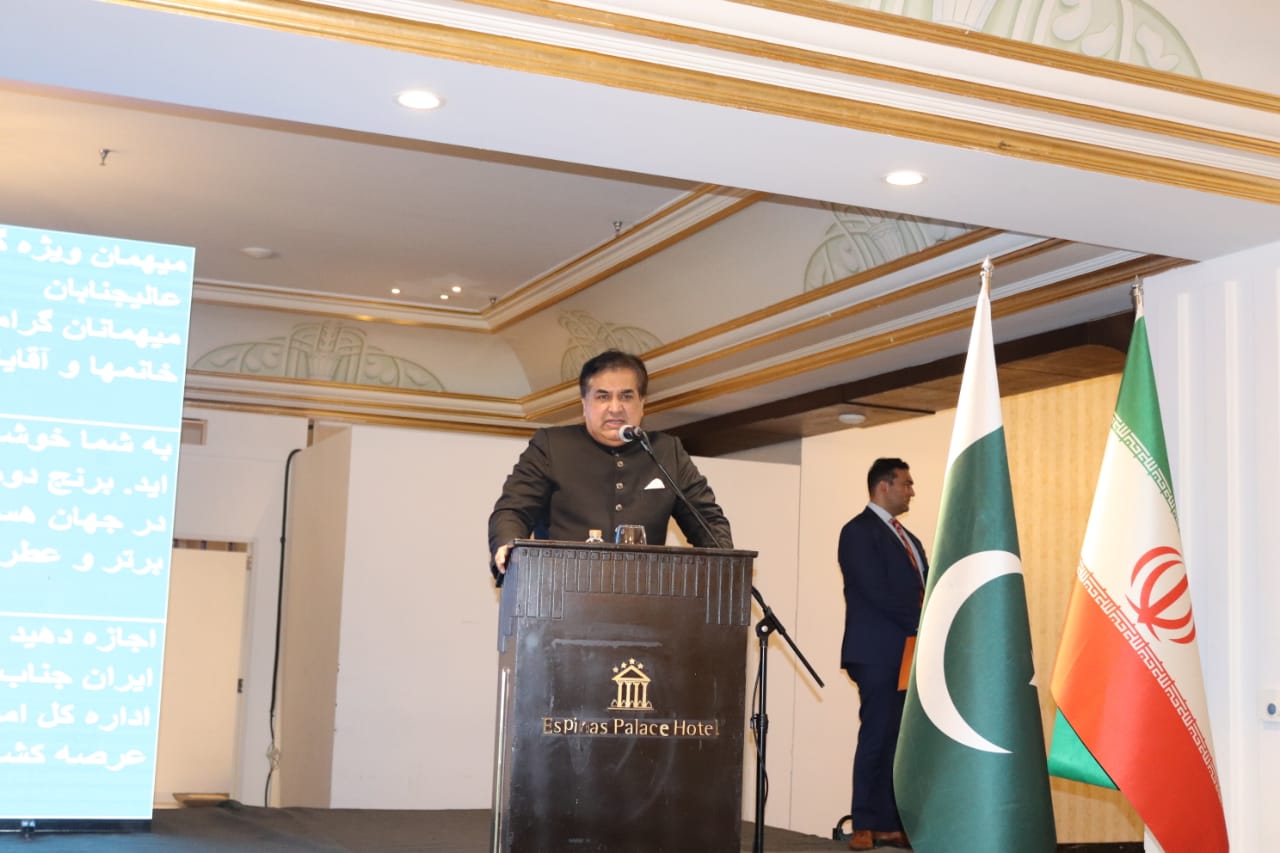Pakistan has emerged as one of the world’s largest importers of solar panels, positioning itself as a leader in the global solar market. By the end of 2024, the South Asian nation had imported 17 gigawatts of solar panels, according to the Global Electricity Review 2025 by Ember, a UK-based energy think tank. This significant increase in imports marks a notable shift in Pakistan’s energy landscape, driven primarily by the need for affordable and reliable electricity in the face of ongoing power shortages and rising energy costs.
Solar Adoption Driven by Necessity
Unlike many other countries, where government policies and large-scale utility projects drive the adoption of solar energy, Pakistan’s solar boom has been largely driven by individual and commercial demand. Faced with frequent power outages, high energy costs, and an unreliable electricity grid, many households, small businesses, and commercial enterprises have turned to solar energy as a practical solution. The installation of rooftop solar panels has become an increasingly common response to the country’s energy crisis, with citizens and businesses taking the initiative to secure cheaper and more reliable power.
According to industry experts, Pakistan’s shift towards solar energy can be seen as a direct response to the growing challenges of accessing affordable electricity. Muhammad Mustafa Amjad, program director at Renewables First, notes that the increase in solar panel imports reflects a structural change in how energy is perceived and utilized in Pakistan. “Rooftop solar has become the preferred energy provider, particularly as people and businesses have been priced out of the grid due to inefficient planning and unreliable supply,” Amjad explains.
Economic Factors Driving the Solar Surge
The rapid growth of solar energy in Pakistan is primarily a result of favorable economic conditions for solar adoption. The price of solar panels has significantly decreased in recent years, particularly for modules manufactured in China, which dominate international supply chains. Coupled with volatile local fuel prices and persistent power shortages, solar energy has become one of the most cost-effective alternatives to conventional energy sources.
The cost advantages of solar energy are evident across Pakistan, where households and businesses are increasingly turning to solar solutions to mitigate the rising costs of electricity from the national grid. The affordability and scalability of solar technology make it an attractive option, particularly in a country where electricity tariffs are high and grid reliability is low.
Minimal Government Intervention
One of the most striking aspects of Pakistan’s solar transition is the minimal involvement of the government. While there have been some policy adjustments, such as net metering regulations and relaxed import restrictions, the government has not launched large-scale public spending programs or utility-scale solar initiatives to support this rapid shift. Instead, much of the solar adoption has occurred outside formal energy planning frameworks, driven by market forces and the practical need for reliable energy.
As a result, Pakistan’s official grid-connected solar capacity remains relatively low, indicating that much of the solar power being generated is off-grid or behind-the-meter, bypassing official statistics and national energy reporting. This decentralization of energy production has raised concerns about the ability of the national grid to adapt to the changing energy landscape.
Challenges to Sustainable Growth
While the growth of solar energy in Pakistan is a positive development, there are significant challenges to ensuring its sustainability. The rapid expansion of solar energy, largely driven by individual and commercial installations, has outpaced the country’s infrastructure and regulatory frameworks. Grid operators and utility companies are struggling to keep up with the growing demand for solar-generated electricity, especially in urban areas where high-value consumers are increasingly generating their own power.
Experts warn that the decentralization of energy generation could lead to a “utility death spiral,” where public energy providers face financial difficulties due to a shrinking customer base, while pressure mounts on grid infrastructure during peak demand hours. To address these challenges, experts argue that Pakistan will need to invest in modernizing its energy grid, improving data transparency, and updating regulatory frameworks to manage the rapid shift to renewable energy.
The Global Implications of Pakistan’s Solar Surge
Pakistan’s experience highlights a growing trend in the Global South, where energy transitions are being driven not by top-down policy initiatives but by market forces and the practical needs of individuals and businesses. As solar energy becomes more affordable and accessible, countries in regions like South Asia, Africa, and Latin America are increasingly adopting solar solutions to address energy access issues and reduce dependence on expensive fossil fuels.
Pakistan’s solar transition offers a valuable case study in how renewable energy can be adopted quickly and efficiently, even in countries with limited public investment in large-scale energy projects. It also underscores the growing role of solar energy as a critical economic solution, particularly in developing economies facing energy insecurity.
As solar energy continues to gain traction, experts predict that battery storage technologies will follow a similar trajectory, becoming more affordable and widely adopted in the coming years. This shift towards decentralized, market-driven energy solutions presents an opportunity for countries in the Global South to leapfrog traditional energy infrastructure and move directly towards sustainable, clean energy sources.
Pakistan’s rise as the world’s largest solar importer underscores the transformative potential of renewable energy in addressing energy poverty and driving economic stability. The country’s experience shows that when the economics align, energy transitions can happen quickly and efficiently, even in countries where policy support has been minimal. As solar adoption continues to grow, it will be crucial for Pakistan to update its energy infrastructure and regulatory frameworks to support a sustainable and equitable energy future.

















